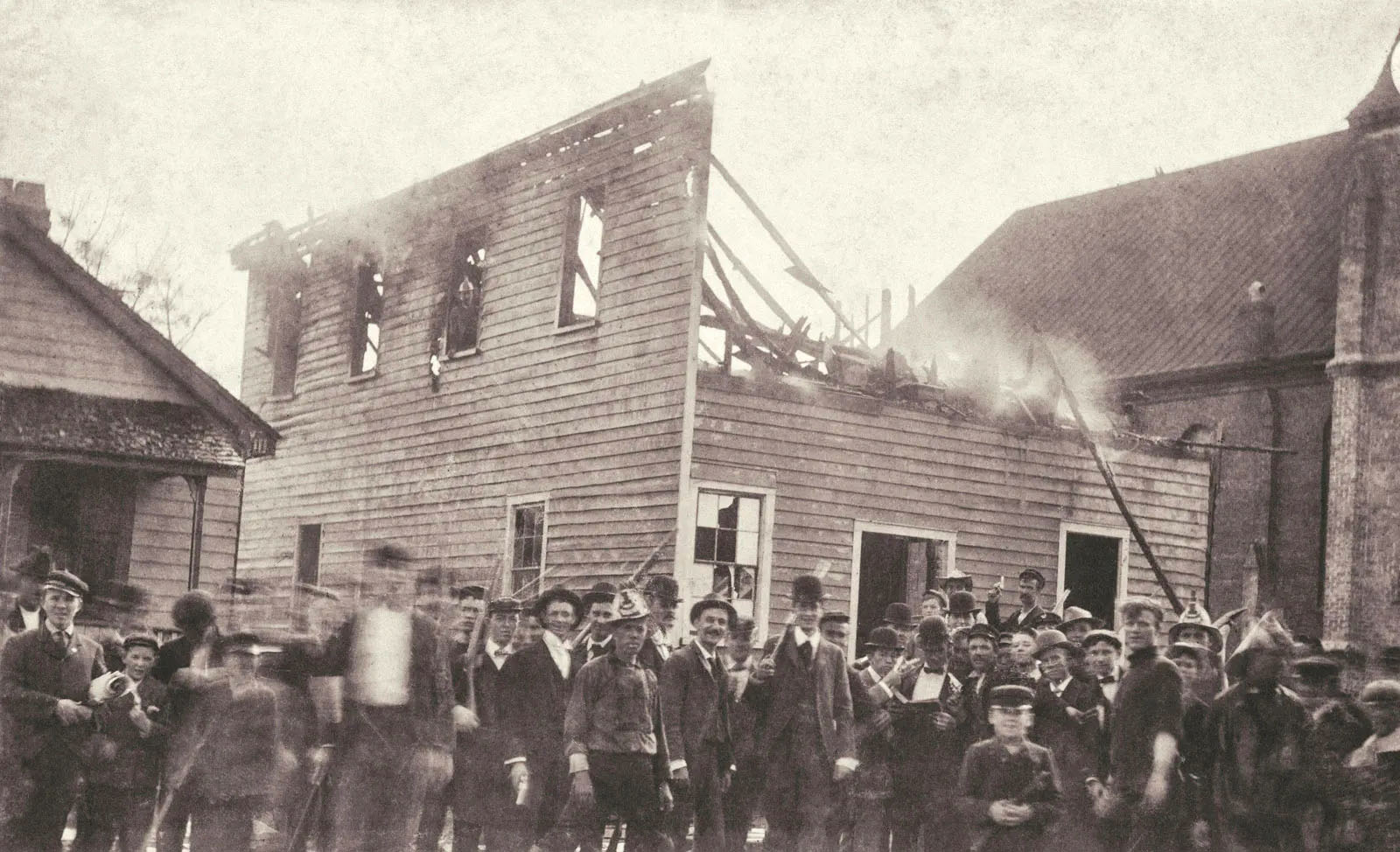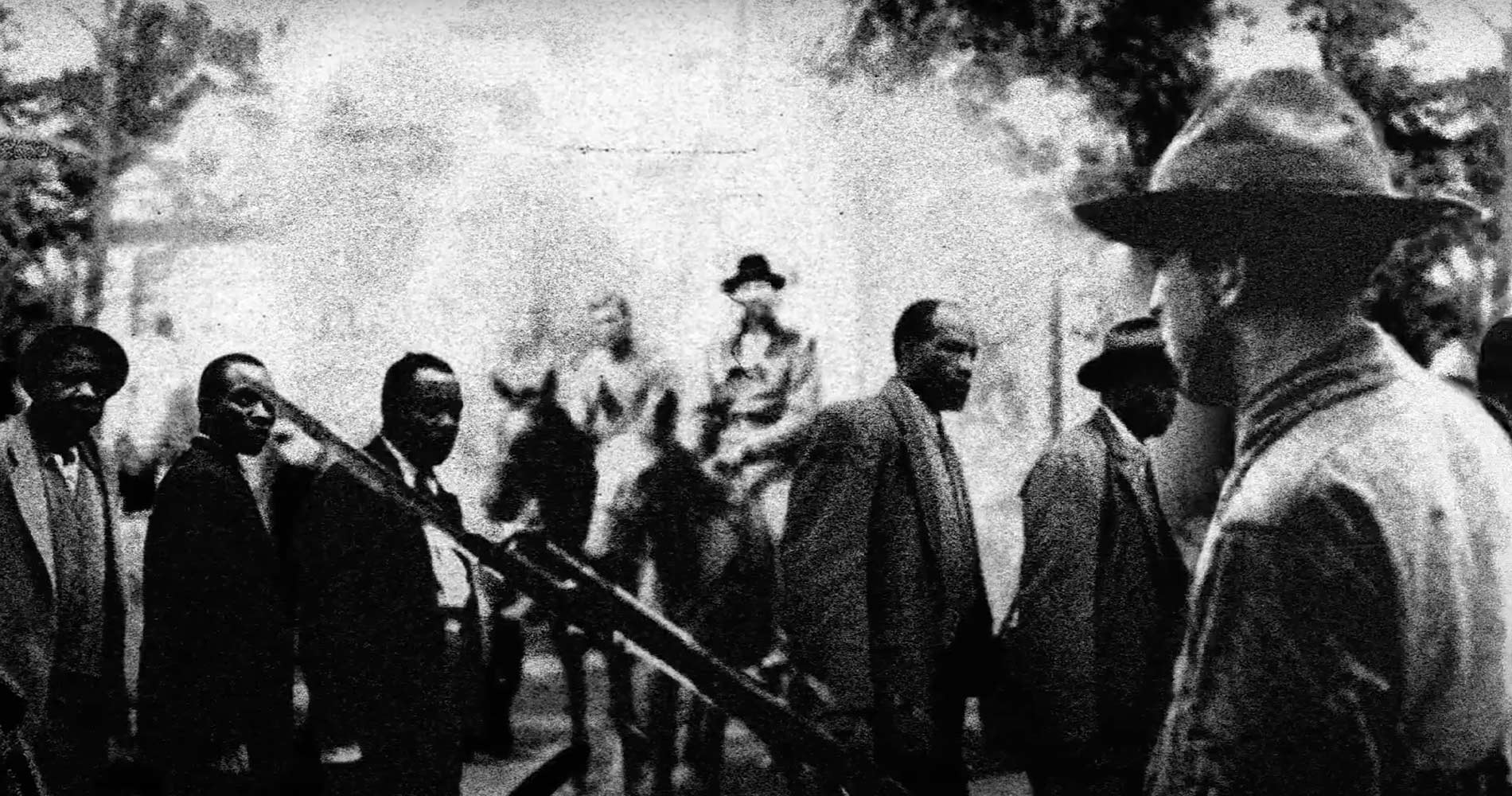The Wilmington Coup: When Democracy Was Burned Down

Wilmington, 1898, a white supremacist mob burned the Black-owned newspaper, massacred dozens of Black residents, forced out the elected government, and installed their own mayor at gunpoint. It was the only successful coup d’état in U.S. history.
The Dive
By the late 1800s, Wilmington was the largest city in North Carolina, with a thriving Black community. Black citizens held public office, ran businesses, and even published their own newspaper, the Daily Record. A political alliance of Black and white voters—called the Fusionists—controlled the city’s government.
White supremacists weren’t having it. Led by former Confederate officer Alfred Waddell, they launched what they called a 'White Supremacy Campaign,' spreading lies about Black men, promoting fear, and organizing a militia to take back power—by force if necessary.
On November 10, 1898, Waddell led 500 armed men to the Daily Record office. They burned it down. Then the mob swept through Wilmington, killing at least 60 Black men (some estimates say many more) and forcing thousands to flee into swamps and forests.
The elected mayor and city council—many of them Black or Fusionist—were forced to resign. Waddell took over as mayor. This wasn’t a protest. It was a violent overthrow of a legitimate government.
In the months and years that followed, North Carolina and other Southern states passed laws to stop Black citizens from voting. Literacy tests. Poll taxes. Grandfather clauses. In just six years, Black voter registration in North Carolina dropped from 126,000 to 6,100.
For decades, textbooks and newspapers called it a 'riot'—as if it were random or both sides were to blame. In reality, it was a planned coup carried out by white supremacists with the help of state leaders and newspapers.
In 2006, a state report officially recognized the event for what it was: a massacre and an illegal overthrow. Descendants of survivors and historians are still working to tell the full truth and identify the names of those who were killed or displaced.
Wilmington’s story is not just about the past. It’s about how racism has shaped laws, institutions, and public memory—and how telling the truth is part of healing.
Why It Matters
Wilmington’s story shows what happens when racism, lies, and violence are used to destroy democracy. It reminds us that voting rights were fought for—and taken away—by people who feared equality. Understanding this history helps us see how fragile democracy can be, and how necessary it is to protect it.
?
Dig Deeper
In November 1898, in Wilmington, North Carolina, a mob of 2,000 white men expelled black and white political leaders, destroyed the property of the city’s black residents, and killed dozens--if not hundreds--of people. How did such a turn of events change the course of the city? For decades, the story of this violence was buried, while the perpetrators were cast as heroes. Yet its impacts resonate across the state to this day.
Related

Votes for Women: The Fight for the 19th Amendment
It took more than 70 years of protests, petitions, and picket lines to win the right for women to vote in the United States. The 19th Amendment didn’t just expand democracy—it redefined it.

The Civil Rights Movement: Struggle, Solidarity, and Social Change
From classrooms to courthouses, buses to bridges, the Civil Rights Movement reshaped America’s laws — and its conscience.

Gerrymandering: When Maps Become Weapons
What happens when politicians choose their voters instead of the other way around? Welcome to the twisted world of gerrymandering.
Further Reading
Stay curious!
